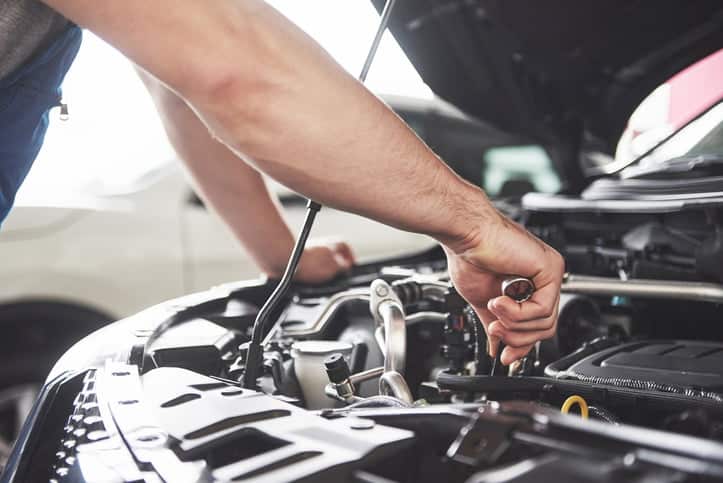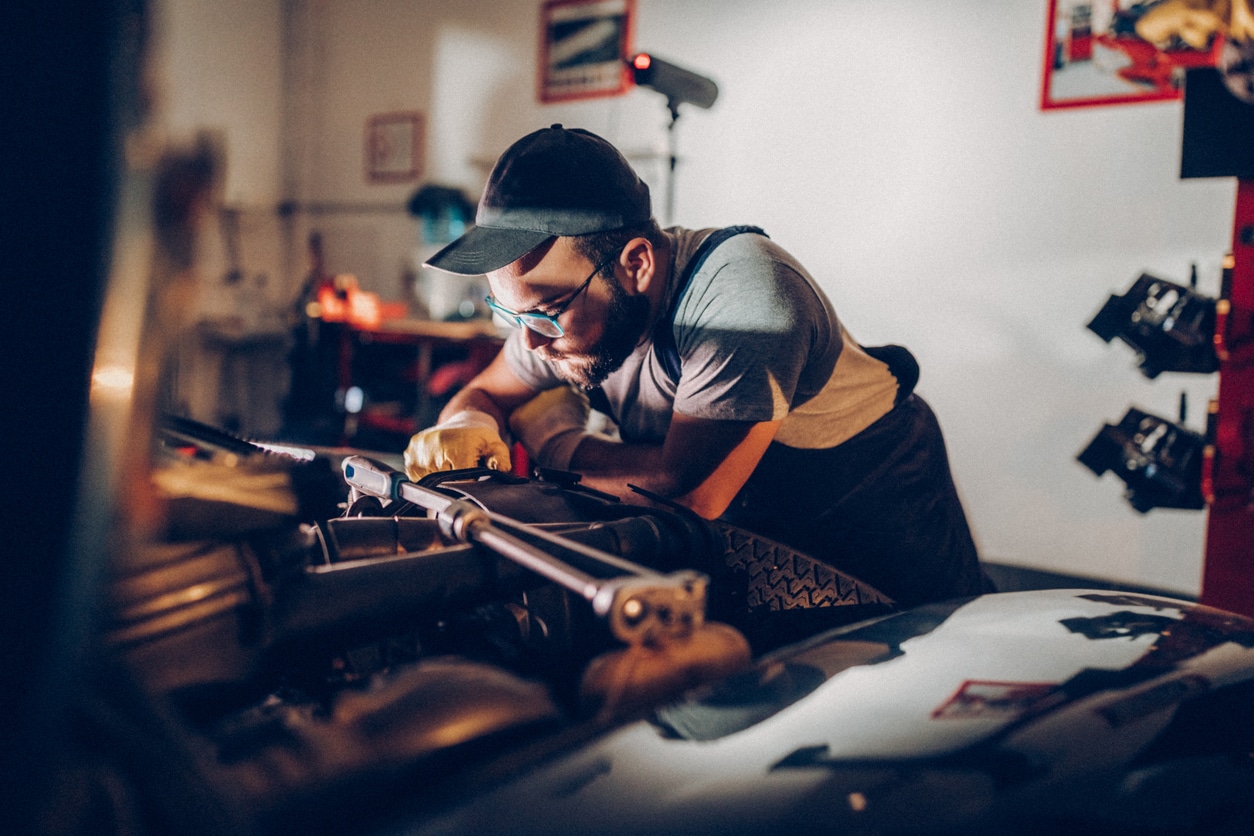
Recently bought a second-hand car that could do with some TLC? Or, maybe you’re thinking of buying one to do up as a project?
If you’re fixing up a second-hand car for the first time, there are a few things to know that will help keep the project on track and ensure you don’t run into any bumps in the road.
In this guide, we’ve enlisted the help of car enthusiast and all-round motoring expert, Brendan Thompson, to offer some practical hints and tips on how to get the most from your first “fixer-upper” project.

Quick Links
- Tips Before You Buy
- Essential Mechanical Checks and Repairs
- Sourcing Spare Parts
- Where to Find Help and Advice
Tips Before You Buy
If you’re still shopping around for a second-hand car you plan to fix up as a project, there are a few things to know that will help your search and ensure you don’t end up with a useless old banger. Here, we offer a few handy tips that will make buying a used car easier, and help you steer clear of any nasty surprises.
Buy a Popular Car with a Good Supply of Spares
You might be dreaming of fixing up a rare classic, but if it’s your first time working on a second-hand car, we think it’s best to stick to a popular model that has a decent supply of spare parts and accessories.
Brendan agrees, offering this advice for those new to the world of car restoration: “My advice to light restore or fix up a car for the first time would be to look for a vehicle whose spares and parts are easily accessible. It’s always a good idea to start off with a car that’s easy to work on, so you can do the work yourself and gain new skills throughout the project. This will build your confidence, so you can take on a more difficult project next time. It’s also very rewarding to know you’ve done all the work yourself.”
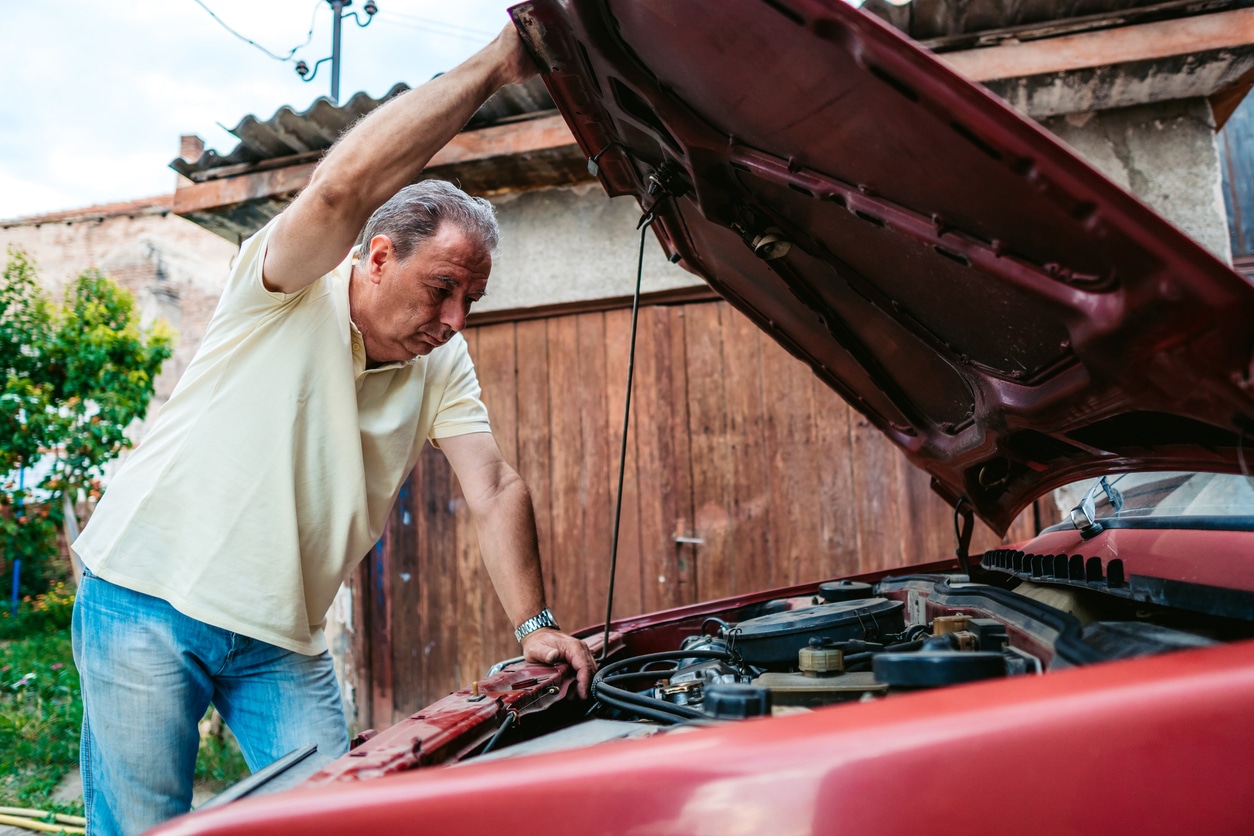
If It Doesn’t Run, Find Out Why Before You Buy
It’s not uncommon to buy a car that isn’t running, especially if you want to bag a real bargain. But before you part with your cash, make sure you get a general gist of why it’s not working, so you have a clear picture of how much work is needed and, more importantly, how much it will cost.
Ask the current owner for as much detail as possible about the car’s history, and the faults it had before it stopped running completely. Looking at the car’s history and logbook can give you a good idea of what’s gone wrong, so make sure the car you buy has a full or at least partial service history.
Have a Good Long Look at the Bodywork
A car’s bodywork can tell you a lot about how it’s been treated by its previous owners. Dents, scratches or miscoloured panels could be a sign that it’s been a bit abused over the years, and this is likely to be reflected in its mechanics too.
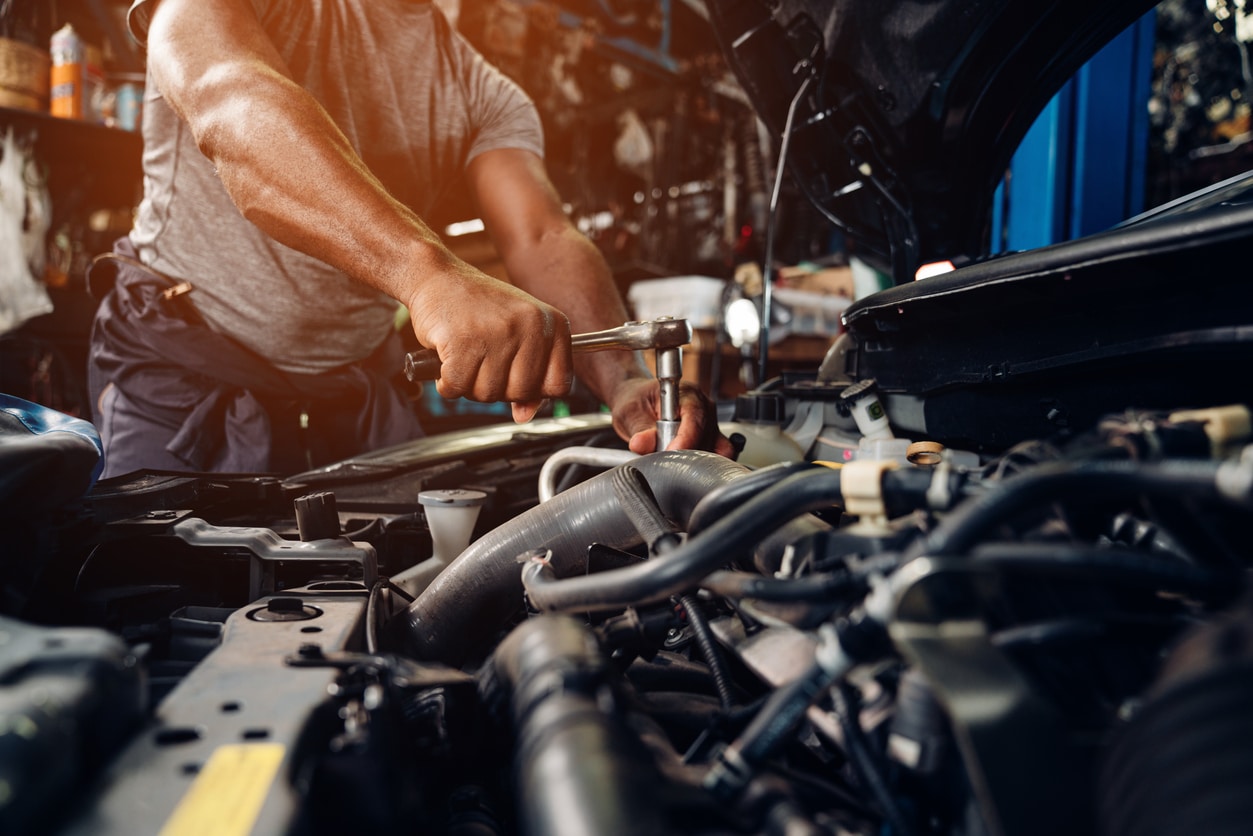
As well as the paintwork, take a look at the undercarriage. If the chassis is rusty or pitted, you could be looking at more than just a light fix-up and restoration. Look around the wheel arches and sills for signs of rust too, as you don’t want to buy a car that’s rotting away.
For more tips and advice, read our comprehensive guide on buying a used car.
Essential Mechanical Checks and Repairs
When you’ve got your new car safely on your driveway, there are a few different mechanical checks you can do to make sure the car is in good working order. Ideally, you should carry out a few of these checks before you buy the car, but if you’re buying it “sold as seen”, this might not be possible.
Here, Brendan fills us in on all the different checks and repairs you should carry out before you start putting miles on the odometer.
“Start by checking the essential engine fluids, like oil and coolant/antifreeze. It’s important to check the oil when the engine’s cold, as the dipstick might give you a false reading when it’s hot. Likewise, the coolant/antifreeze reservoir should never be opened when the engine’s hot, as you could burn yourself with steam.
“When you’re happy with the fluids, give the tyres a once over. They should be free from damage and abrasion, have plenty of tread and be inflated to the right pressure.
“Next, check the gears. To do this, select each gear in turn and make sure they all engage. Then, move on to the brakes by driving the car forwards and backwards, gently pressing the brake pedal to ensure the car comes to a complete stop. You should also check the handbrake; do this by engaging it, putting the car in gear, and slowly lifting your foot off the clutch until the car wants to move. If you don’t go anywhere, the handbrake is working fine.
“Once you’re happy, you should check the wipers, lights, and interior electrics, as well the screen wash.”
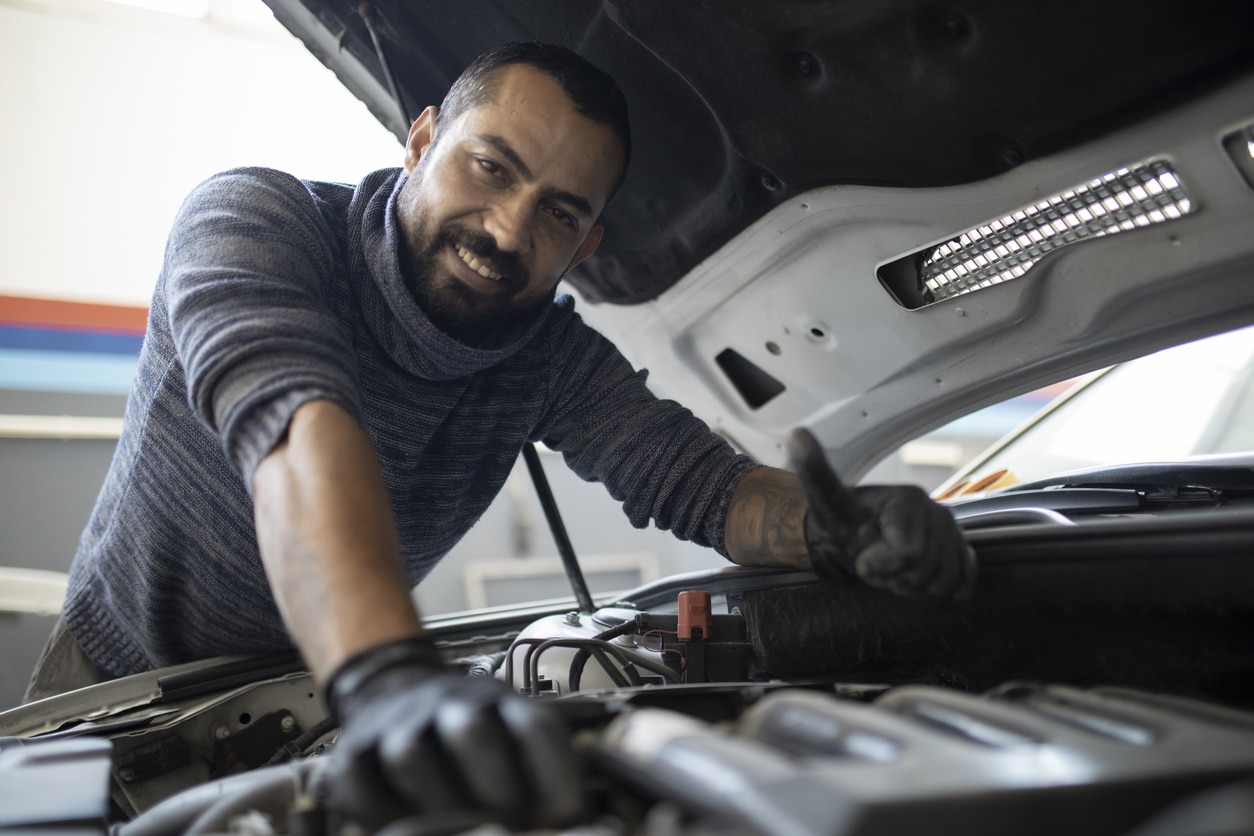
Sourcing Spare Parts
One of the first things you’ll have to do is determine which parts are missing or need replacing. There are a few different places where you can find spare parts for your car, as Brendan touches on below:
“Usually, the best places to source spare parts would be from sellers on online forums, directly from owners’ clubs, autojumble sales, or online auction sites, like eBay. In the past, I have even purchased another vehicle just for the spares, however, you do need to make sure you have enough space to do this.”
Where to Find Help and Advice
No two car fix-ups are ever the same, and it’s common to encounter problems that you might need some help with to get sorted. But where’s the best place to get help and advice when fixing up a second-hand car?
Brendan encourages people to head online if they find a problem with their car, saying: “When restoring or fixing up a car, it’s usually best to join an owners’ club or an online forum for advice, as there will be people who will have experienced similar issues, and who can usually offer constructive advice.
“YouTube is also a good source for help and information, as well as being generally great for self-learning new skills throughout the project. There are books available too that can offer information, such as Haynes manuals. I personally find it helps chatting to people face to face, at car shows and parts sales.”
We’d like to thank Brendan for taking the time to share his knowledge and advice on fixing up a used car. Check out the rest of the Holts blog for more DIY car maintenance advice. Or, if you’d like to learn about our essential driveway DIY products, visit the homepage.
